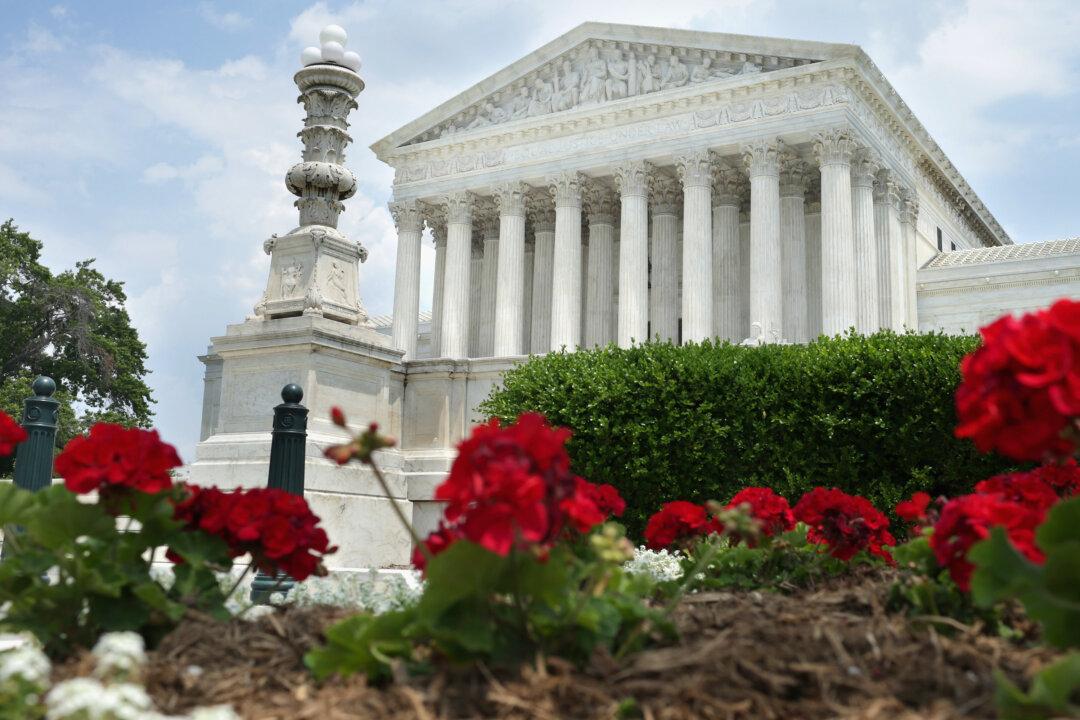Commentary
On Dec. 7, Texas sued Pennsylvania, Michigan, Wisconsin, and Georgia, claiming that the way those states conducted their presidential elections violated Texans’ constitutional rights.

On Dec. 7, Texas sued Pennsylvania, Michigan, Wisconsin, and Georgia, claiming that the way those states conducted their presidential elections violated Texans’ constitutional rights.